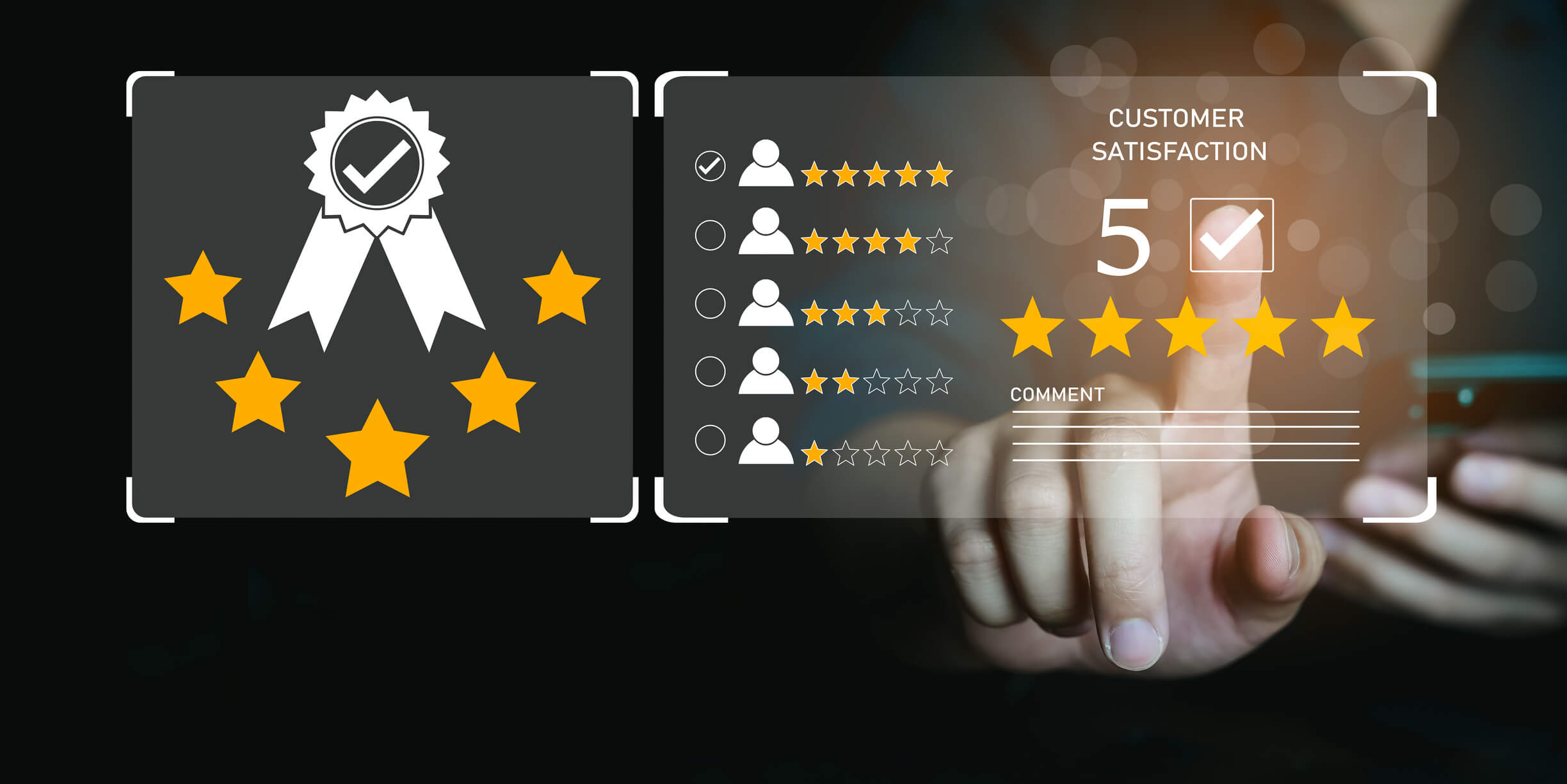Unlock Financial Wisdom for All:
Boost Your Financial Literacy
Financial literacy is the ability to understand and apply money management skills—including budgeting, saving, investing, and managing debt—so you can make smart financial decisions that secure your future and build lasting wealth. Right now, only about 50% of American adults can correctly answer basic financial questions, and this hasn’t improved in eight years, which means half the population lacks essential money skills needed to thrive financially.
As the founder of Complete Controller, I’ve spent over 20 years working with businesses across every sector, and I’ve witnessed firsthand how mastering basic financial principles transforms not just bank accounts, but entire lives. The real power of financial wisdom isn’t in complex investment strategies—it’s in daily habits that put you in control of your money instead of letting money control you. In this article, I’ll share practical strategies for budgeting, saving, investing, and managing debt that will help you build unshakeable financial confidence, whether you’re launching a business, securing your family’s future, or planning for retirement.

What is financial literacy and how do you master it?
- Financial literacy means understanding budgeting, saving, investing, borrowing, and making informed money choices
- Budgeting: Creating and sticking to a spending plan that balances income and expenses
- Saving: Building emergency funds and setting aside money for future goals
- Investing: Growing wealth through stocks, bonds, and other investment vehicles
- Debt Management: Using credit wisely and paying off loans strategically
What is Financial Literacy and Why Does it Matter?
Financial literacy gives you the practical tools to manage everyday expenses, tackle debt, and build wealth systematically. When you understand how money works, you can avoid costly mistakes like overdraft fees, high-interest debt traps, and missed investment opportunities that cost the average American $1,015 per year in financial errors alone.
Being financially literate protects you from financial scams, reduces money-related stress, and prepares you for both setbacks and opportunities. This skill proves crucial for everyone—students navigating loan decisions, young professionals building careers, entrepreneurs managing cash flow, and retirees stretching fixed incomes. Improving your financial literacy creates ripple effects that strengthen not just individual households, but entire communities and local economies.
The Pillars of Financial Literacy: The Essentials Everyone Needs
Building strong financial literacy starts with mastering five interconnected components that work together to create a solid foundation. Each pillar supports the others, creating a framework for lifelong financial success.
- Budgeting forms the cornerstone of financial control. Track your spending for 30 days to see where money actually goes, then create balanced budgets that prioritize needs while allowing for wants. Simple spreadsheets or free apps make this process painless.
- Saving creates your financial safety net. Start with $1,000 for emergencies, then build toward three months of expenses—though only 46% of Americans currently have this cushion. Automate transfers to savings accounts so the money moves before you can spend it.
- Budgeting strategies for beginners: Try the 50/30/20 rule—50% needs, 30% wants, 20% savings
- Emergency fund basics: Keep funds in high-yield savings accounts for easy access
- Long-term savings goals: Separate accounts for vacations, home purchases, and retirement
- Credit and Debt management determines your financial flexibility. Your credit score affects loan rates, insurance premiums, and even job opportunities. Pay bills on time, keep credit card balances below 30% of limits, and check credit reports annually for errors.
- Investing grows wealth through compound interest over time. Start with employer 401(k) matches—free money you shouldn’t leave on the table. Learn basics about stocks, bonds, and index funds before diving deeper.
- Financial Planning ties everything together through SMART goals—Specific, Measurable, Achievable, Relevant, Time-bound objectives. Review progress monthly and adjust strategies based on life changes.
Secondary components
- Debt management techniques: Pay minimums on all debts, then attack highest interest rates first
- Investment basics explained: Index funds offer instant diversification for beginners
- Insurance fundamentals: Protect assets with adequate coverage for health, auto, home, and life
Why Financial Literacy Fuels Lifelong Financial Health
Financial literacy delivers benefits that extend far beyond your bank balance, creating a foundation for security and opportunity throughout life. These advantages compound over time, building resilience against economic uncertainties.
- Greater Control comes from making choices based on clear understanding rather than impulse or misinformation. You’ll spot predatory lending practices, negotiate better rates, and time major purchases strategically. Knowledge transforms you from a passive consumer into an active financial decision-maker.
- Resilience develops through systematic preparation. Emergency funds buffer against job loss, medical bills, or car repairs without derailing long-term goals. Diversified investments weather market downturns better than single stocks.
- Opportunities multiply when you understand financial principles:
- Recognize undervalued investments before prices rise
- Qualify for better loan terms with excellent credit
- Start businesses with proper cash flow management
- Take calculated risks backed by solid planning
- Reduced Stress follows naturally from financial preparedness. Sleep better knowing bills are covered, retirement grows steadily, and insurance protects against catastrophes. Money conversations with partners become productive rather than combative.
Expanding your financial confidence
- Long-term financial planning tips: Set 5, 10, and 20-year milestones with specific dollar amounts
- Risk management in personal finance: Balance growth investments with stable assets
- Tax planning basics: Understand deductions and credits to keep more earned money
Real-World Success: How Financial Literacy Changes Lives
Operation HOPE demonstrates the transformative power of financial education through measurable results. This national nonprofit delivered over 330,000 financial coaching sessions in 2024, helping 86,000 clients achieve remarkable improvements. Participants increased credit scores by an average of 39 points, reduced debt by a median $1,931, and boosted savings by $1,126. The percentage with three months of emergency savings nearly doubled from 11% to 21%.
When I started my first company, a cash flow crisis nearly ended everything before we really began. I’d confused revenue with profit, mixed personal and business expenses, and ignored payment term negotiations. That painful lesson taught me to separate accounts, forecast cash needs monthly, and build reserves for slow seasons. These hard-won insights now guide every recommendation we make at Complete Controller, helping clients avoid similar pitfalls.
State education mandates provide additional evidence of impact. Thirty states now require high school financial literacy courses, up from just nine in 2017. Students in Georgia improved credit scores by 28.7 points on average, while Texas students gained up to 32 points. These young adults also show significantly lower loan delinquency rates.
Building generational wealth
- Entrepreneur financial literacy: Separate business and personal finances from day one
- Improving family financial literacy: Teach children through age-appropriate money lessons
- Community impact: Share knowledge to lift entire neighborhoods

Where Most People (and Businesses) Go Wrong—And How to Fix It
Financial mistakes often stem from misconceptions and blind spots that seem logical but prove costly. Recognizing these patterns helps you avoid common traps that derail financial progress.
- Confusing income for wealth tops the list of dangerous assumptions. High earners who spend everything stay broke despite impressive salaries. True wealth comes from assets minus liabilities, not monthly paychecks. Build net worth by living below your means regardless of income level.
- Ignoring credit health creates expensive consequences:
- Higher interest rates on all loans
- Larger insurance premiums
- Missed job opportunities requiring credit checks
- Difficulty renting apartments or getting utilities
- Neglecting planning keeps you running in place financially. Without written goals and progress tracking, you’ll wonder where money went each month. Dreams stay dreams without concrete action steps.
- Falling for financial myths and scams drains accounts quickly. Question any investment promising guaranteed high returns with no risk. Legitimate opportunities involve calculated risks and realistic timelines.
Protecting your financial future
- Fraud prevention tips: Verify all “urgent” requests independently before sending money
- Common budgeting mistakes: Forgetting irregular expenses like insurance and taxes
- Credit misconceptions: Closing old accounts actually hurts credit scores
How to Start (and Master) Your Financial Literacy Journey
Beginning your financial education journey requires just one small step forward, then building momentum through consistent action. Success comes from progress, not perfection.
- Start simple by tracking spending for 30 days using whatever method feels comfortable—notebook, spreadsheet, or app. Awareness alone often reduces unnecessary spending by 10-20% without feeling deprived.
- Set 1-3 achievable goals that excite you:
- Save $1,000 emergency fund in six months
- Pay off smallest credit card in three months
- Increase 401(k) contribution by 1%
- Get educated through trustworthy sources. While 76% of Gen Z learns about money through TikTok and YouTube, verify advice through established institutions like banks, credit unions, or organizations like Fidelity and the SEC’s investor education site.
- Automate good habits to remove willpower from the equation:
- Schedule bill payments for due dates
- Transfer savings immediately after paychecks arrive
- Increase retirement contributions with each raise
- Ask for help when needed. Consult fee-only financial advisors for complex situations. Teach family members what you learn—explaining concepts reinforces your own understanding.
Your financial toolkit
- Financial literacy resources online: FDIC Money Smart offers free courses
- Budgeting apps and tools: Mint, YNAB, or simple spreadsheets all work
- Teaching financial literacy to kids: Use allowances and savings jars for hands-on learning
Beyond the Basics: Leveling Up Your Financial Literacy
Once you’ve mastered fundamentals, advanced strategies accelerate wealth building and protection. Each new skill multiplies the impact of basic knowledge.
- Advanced investment strategies optimize growth while managing risk. Index funds provide instant diversification across hundreds of companies. Real estate investment trusts (REITs) add property exposure without landlord headaches. Tax-advantaged accounts like Roth IRAs grow tax-free for retirement.
- Insurance and estate planning protect accumulated wealth for your family. Life insurance replaces income if tragedy strikes. Disability coverage maintains lifestyle during illness. Wills and trusts ensure assets transfer according to your wishes, not state defaults.
- Business finance literacy proves essential for entrepreneurs. Understanding cash flow prevents the crisis that nearly ended my first venture. Know the difference between profit margins and markups. Track key performance indicators monthly. Maintain separate business banking and pristine records for tax compliance.
Advanced wealth strategies
- Tax optimization techniques: Maximize deductions through proper documentation
- Estate planning basics: Create wills, healthcare directives, and power of attorney documents
- Business owner financial checklist: Monthly P&L reviews, quarterly tax payments, annual planning
My Commitment to Your Financial Wisdom
The journey to financial literacy continues throughout life, but every step forward brings more security, fewer worries, and expanded opportunities. I’ve walked this path as both student and teacher for over two decades, learning from mistakes and celebrating victories alongside thousands of business owners.
Mastering these skills will transform your relationship with money, regardless of your starting point or current situation. The principles work equally well for recent graduates, mid-career professionals, and those approaching retirement. Your future self will thank you for starting today.
Ready for personalized guidance on your financial journey? Visit Complete Controller for tools, training, and expert support tailored to your unique goals. Our team specializes in translating complex financial concepts into actionable strategies that fit your life and business. Take control of your financial future—you deserve nothing less than complete confidence in every money decision you make.

Frequently Asked Questions About Financial Literacy
What exactly is financial literacy?
Financial literacy means understanding and applying money management skills like budgeting, saving, investing, and managing debt wisely. It’s the knowledge that helps you make informed decisions about earning, spending, and growing money throughout life.
How can I teach my children about financial literacy?
Start by involving kids in age-appropriate money decisions, letting them manage small allowances, and demonstrating good financial habits. Use clear examples like saving for toys to teach delayed gratification and the value of money.
What are the best resources to improve my financial literacy?
Trusted sources include established financial institutions like Fidelity, government resources like the FDIC’s Money Smart program, local credit unions, and verified online courses. Always cross-check advice from social media with authoritative sources.
Does financial literacy really help in avoiding debt?
Yes, financial literacy teaches you to create realistic budgets, understand the true cost of borrowing, and live within your means. These skills help you avoid unnecessary debt and develop strategies to pay off existing obligations efficiently.
Why is financial literacy important for small business owners?
Business owners need financial literacy to manage cash flow, comply with tax regulations, price products profitably, and make strategic growth decisions. Poor financial management remains the top reason small businesses fail within five years.
Sources
- Andover Bank. (2025). “The Benefits of Financial Literacy.” https://www.andoverbank.com
- Bankrate. (2025). “2025 Annual Emergency Savings Report.” https://www.bankrate.com/banking/savings/emergency-savings-report/
- Federal Reserve. (2025). “When the Unexpected Happens, Be Ready with an Emergency Fund.” https://www.stlouisfed.org/publications/page-one-economics/2025/sep/when-unexpected-happens-be-ready-with-emergency-fund
- Federal Reserve Board. (2016). “State Mandated Financial Education and the Credit Behavior of Young Adults.” https://www.fdic.gov/media/168091
- Fidelity. (2025). “Financial Literacy: What is it and why is it so important?” https://www.fidelity.com
- Learning Upgrade. (2024). “5 Key Benefits of Learning Financial Literacy.” https://www.learningupgrade.com
- National Financial Educators Council (NFEC). (2024). “Financial Illiteracy Costs Americans $1,015 in 2024.” https://www.financialeducatorscouncil.org/financial-illiteracy-costs/
- Next Gen Personal Finance (NGPF). (October 2025). “How many states have personal finance graduation requirements?” https://www.ngpf.org/blog/advocacy/how-many-states-require-students-to-take-a-personal-finance-course-before-graduating-from-high-school-is-it-6-or-is-it-21/
- OnCourse Learning. (2025). “What Are The Benefits of Financial Literacy?” https://www.oncourselearning.com
- Operation HOPE. (2024). “Operation HOPE Success Stories.” https://operationhope.org/success-stories/
- Operation HOPE. (February 2025). “2024 National Impact Report.” https://www.businesswire.com/news/home/20250206259524/en/Operation-HOPE-Releases-2024-National-Impact-Report-Highlighting-Continued-Impressive-Growth-and-Improved-Client-Outcomes
- PYMNTS. (April 2025). “How TikTok Conquered Financial Literacy.” https://cusomag.com/2025/04/24/how-tiktok-conquered-financial-literacy-and-how-you-can-too/
- QNB Trust Bank. (2025). “The Crucial Role of Financial Literacy in Today’s World.” https://www.qnbtrust.bank
- St. Louis Fed. (2019). “What Is Financial Literacy and Why Should You Care?” https://www.stlouisfed.org/publications/insights/2019/what-is-financial-literacy-and-why-should-you-care
- U.S. Securities and Exchange Commission (SEC). “Introduction to Investing.” https://www.investor.gov/introduction-investing
- U.S. Federal Deposit Insurance Corporation (FDIC). “Money Smart.” https://www.fdic.gov/resources/consumers/money-smart/
- Walden University. (2025). “The Benefits of Teaching Financial Literacy.” https://www.walden.edu
- WallStreetZen. (2025). “Where Did Gen Z Learn About Money?—WallStreetZen.” https://www.wallstreetzen.com/blog/genz-money-social-media-survey/
- World Economic Forum. (April 2024). “Half of US adults lack financial literacy, survey shows.” https://www.weforum.org/stories/2024/04/financial-literacy-money-education/
 About Complete Controller® – America’s Bookkeeping Experts Complete Controller is the Nation’s Leader in virtual bookkeeping, providing service to businesses and households alike. Utilizing Complete Controller’s technology, clients gain access to a cloud platform where their QuickBooks™️ file, critical financial documents, and back-office tools are hosted in an efficient SSO environment. Complete Controller’s team of certified US-based accounting professionals provide bookkeeping, record storage, performance reporting, and controller services including training, cash-flow management, budgeting and forecasting, process and controls advisement, and bill-pay. With flat-rate service plans, Complete Controller is the most cost-effective expert accounting solution for business, family-office, trusts, and households of any size or complexity.
About Complete Controller® – America’s Bookkeeping Experts Complete Controller is the Nation’s Leader in virtual bookkeeping, providing service to businesses and households alike. Utilizing Complete Controller’s technology, clients gain access to a cloud platform where their QuickBooks™️ file, critical financial documents, and back-office tools are hosted in an efficient SSO environment. Complete Controller’s team of certified US-based accounting professionals provide bookkeeping, record storage, performance reporting, and controller services including training, cash-flow management, budgeting and forecasting, process and controls advisement, and bill-pay. With flat-rate service plans, Complete Controller is the most cost-effective expert accounting solution for business, family-office, trusts, and households of any size or complexity.
 Reviewed By:
Reviewed By:














